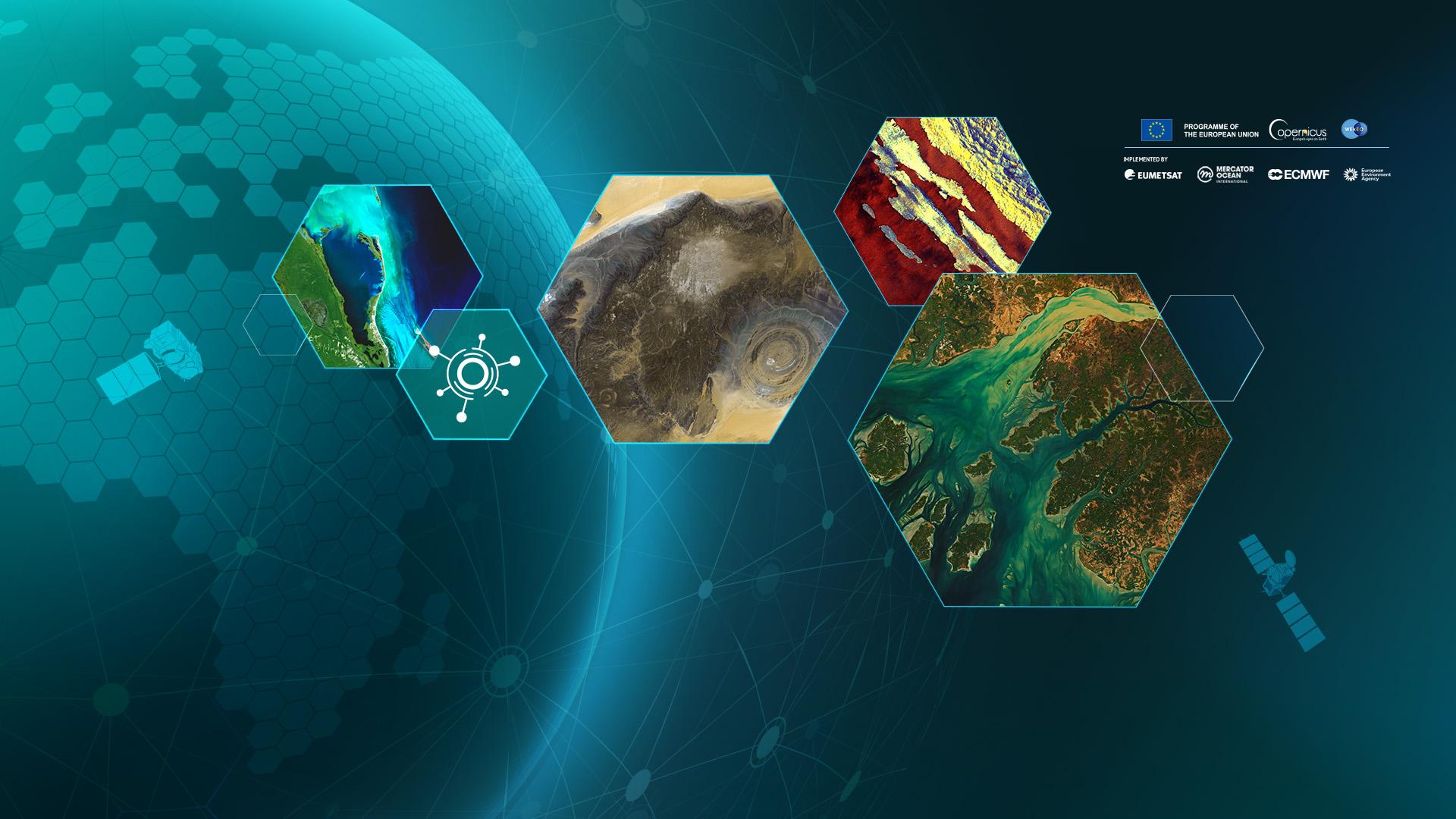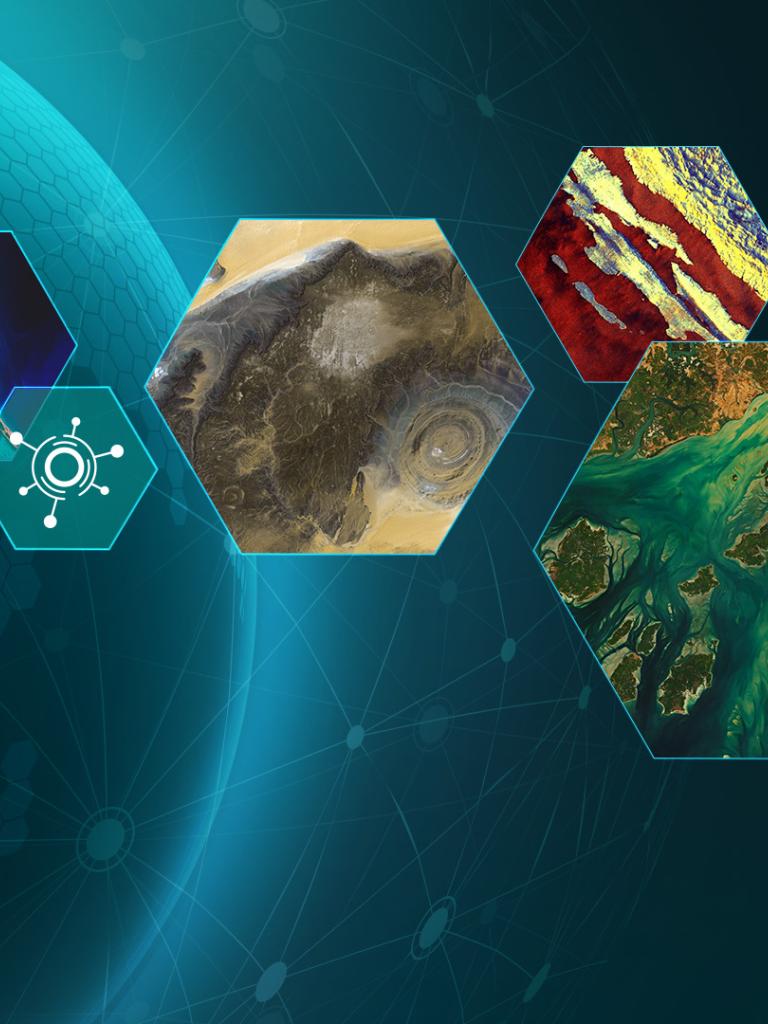28 November 2023
22 November 2023
The aim was to encourage more people to access and work with Copernicus and EUMETSAT Earth observation data and services.
The webinars involved data journalists from many news outlets (BBC, Der Spiegel, Washington Post, AFP, Le Monde and others) and leading scientists who came together to discuss how they visualise data to support communication about environmental topics and the climate crisis.
As well as learning about how journalists and scientists are using Earth observation data to support storytelling, the webinars also included introductory sessions to different types of data and visualisation resources, such as EUMETSAT's EUMETview and the Copernicus WEkEO online platforms.
In total, the webinars attracted over 9000 registrations from around the globe and this translated into more than 3000 attendees over the six webinars, indicating a growing interest in working with Earth observation data for storytelling.
The recordings from each webinar are available below:






